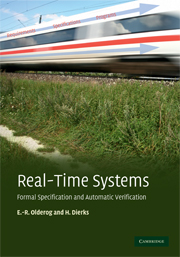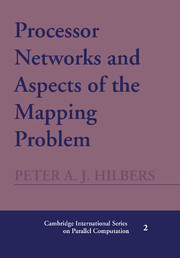Real-Time Systems
Real-time systems need to react to certain input stimuli within given time bounds. For example, an airbag in a car has to unfold within 300 milliseconds in a crash. There are many embedded safety-critical applications and each requires real-time specification techniques. This text introduces three of these techniques, based on logic and automata: duration calculus, timed automata, and PLC-automata. The techniques are brought together to form a seamless design flow, from real-time requirements specified in the duration calculus; via designs specified by PLC-automata; and into source code for hardware platforms of embedded systems. The syntax, semantics, and proof methods of the specification techniques are introduced; their most important properties are established; and real-life examples illustrate their use. Detailed case studies and exercises conclude each chapter. Ideal for students of real-time systems or embedded systems, this text will also be of great interest to researchers and professionals in transportation and automation.
- Describes real-time systems formally at the levels of requirements, design specifications, and programs
- Practical aspects are supported by tools that are freely available on the web
- Introduces automatic verification (model checking) methods for design specifications against real-time requirements
- Gives automatic translation functions of design specifications to real-time programs
- Web site http://csd.informatik.uni-oldenburg.de/rt-book includes source code; further exercises; supplementary reading; links to tools used or discussed in the book
Product details
September 2008Hardback
9780521883337
344 pages
253 × 180 × 19 mm
0.81kg
26 b/w illus. 26 tables 50 exercises
Temporarily unavailable - available from TBC
Table of Contents
- Preface
- 1. Introduction
- 2. Duration calculus
- 3. Properties and subsets of DC
- 4. Timed automata
- 5. PLC-automata
- 6 Automatic verification
- Appendix
- Notations
- Bibliography
- Index.







